I’m pleased to present fellow Magic Appreciation Tour author A.E. Marling for a stop on his “Gravity’s Revenge: Kickstarter Tour with a Vengeance” blog tour.
A.E. Marling is the author of two titles in the captivating Enchantress Hiresha series (Brood of Bones and Fox’s Bride) as well as a Young Adult title, The Gown of Shadow and Flame. The subject of his tour, Gravity’s Revenge, is the latest addition to the Enchantress Hiresha series. You can learn more about the Kickstarter campaign and enter to win a $30 Amazon Gift Card at the bottom of this post.
Without further preamble, here’s A.E. Marling sharing a few valuable hints for writing action scenes…
Writing Action Scenes: The Rule of Thirds
by A.E. Marling
First, the bad news: Choreographing an intricate fight scene and describing each cut and thrust will lead to bloodless prose. Example:
The ogre-sized man attacked Nevon with two five-foot longswords. Nevon leaped to the side and swung in with his hammer. The big man parried him and swung out. Steel clanged off Nevon’s plated boot. Nevon circled him, stepping back whenever the swords flicked too close. Nevon rose his hammer high then ducked under the twin longswords and struck. His foe’s ribs crunched, and he fell back, knees jerking upward, blades spinning to the ground, one breaking.
First of all, the reader has no reason to care. A movie might start with an action scene like this, and the flash of metal and pounding of dramatic music might hold the viewer’s attention. I suggest against action-heavy or gore-heavy scenes in the opening pages. Until the reader cares about the protagonist, violence is just so much clanging and grunting.
Next, understand that not all readers are good at visualizing complex battles. A writer might see the fight in dramatic movie angles, while a reader might be confused who is standing where, or what exactly is happening. To ensure every part of the fight is visualized perfectly, an author might go into greater detail, describe each step and weapon angle. In doing so, the description drags out, the pacing slows down, and the reader loses interest. Trying to write action like we see it in movies will lead to failure.
Writers should never try to out-movie the big screen. Instead, turn to the strengths of books by describing things movie watchers can never experience. Immerse the reader into the protagonist’s perspective with visceral sensations. Example:
The ogre-sized man attacked Nevon with a longsword in each hand. Nevon leaped to the side, and one blade cut through his hair so that he felt a tug on his scalp then a startling coldness on his head.
Gasping, Nevon felt his insides contort, his clamping chest fighting against the air he was trying to gulp. He circled the larger man, stepping back whenever the swords flicked too close. Air from their near misses chilled his face.
Nevon rose his hammer high then ducked under the twin longswords and struck. His own wrist rang from delivering the blow. His foe’s ribs crunched, and he fell back, knees jerking upward, blades spinning to the ground, one breaking.
I deleted some of the choreography in favor of actions that resulted in direct sensations. The scene is beginning to be interesting because readers are better able to process feelings than visualize advanced battle moves. Also, the sensations bring the reader close to the protagonist, increasing concern and suspense.
In the above example, the words in sentences describing sensations are roughly equal in number to those describing choreography. I would call a battle scene with this composition two-thirds done. The missing piece of the pie is again something that movies can’t do (or at least not well): include the internal thoughts and emotions of a protagonist. During battles, protagonists are either awash with fright or humming with deadly focus. Letting your readers know how the protagonist feels will draw them into the experience. I would also include dialog in this third.
“Time to take off that head of yours. You ain’t using it.” The ogre-sized man attacked Nevon with a longsword in each hand.
Nevon leaped to the side, and one blade cut through his hair so that Nevon felt a tug on his scalp then a startling coldness. He wondered if his skull had already been cracked, but no, he had only lost a chunk of hair.
Gasping, Nevon felt his insides contort, his clamping chest fighting against the air he was trying to gulp. He hated to think that they all depended on him. He, a carpenter with no more than a tradesman’s hammer against this trained killer.
He circled the larger man, stepping back whenever the swords flicked too close. Air from their near misses chilled his face. He knew he might die any second if he didn’t try something soon, anything.
Nevon rose his hammer high then ducked under the twin longswords and struck. His own wrist rang from delivering the blow. His foe’s ribs crunched, and the man fell back, knees jerking upward, blades spinning to the ground, one breaking.
It was over, and Nevon couldn’t believe it. He felt dazed and sick.
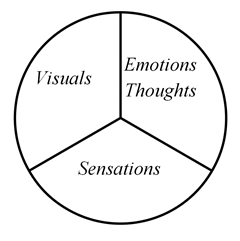 In sum, for book battles to be engaging, less has to happen in them to allow for more sensations, thoughts, and emotions. Next time you’re writing action, remember the rule of thirds.
In sum, for book battles to be engaging, less has to happen in them to allow for more sensations, thoughts, and emotions. Next time you’re writing action, remember the rule of thirds.
~~~
AE Marling encourages people to touch the sky of human imagination and read fantasy. He has launched a Kickstarter for the funds to pay artists and editors to make his next epic fantasy into a wonderful book, complete with internal illustrations. You can support the Kickstarter and earn a special edition of the book by clicking on the link below:
Gravity’s Revenge: an epic fantasy w/internal illustrations
As a special treat for Vaetra Files visitors, A.E. Marling is raffling off a $30 Amazon gift card! Enter to win below:
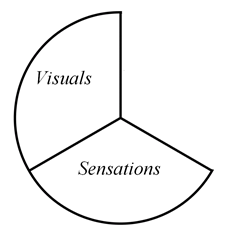
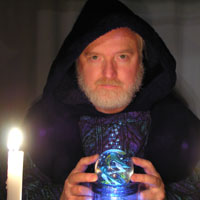
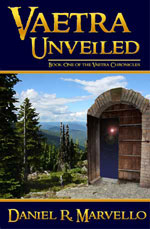
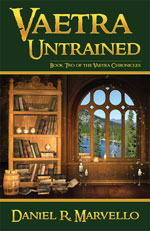
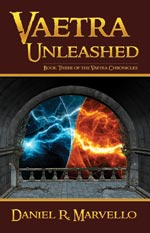
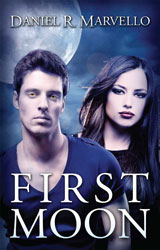
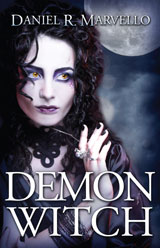
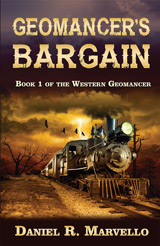
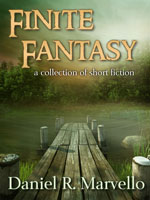
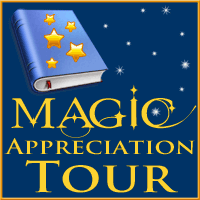

That is great feedback on battle scenes! One thing I pondered when writing my fight scenes: was this too much back-and-forth?
I always reflect back on Isaac Asimov and his amazing ability to use the medium of the book to its maximum advantage. In one of his books, it’s not until you read the last page the you discover that two pivotal characters were the same person. And then it all falls into place with incredible grace.
Thanks for commenting, Greg. I thought A.E. offered a great perspective as well.
Excellent insight. I can’t tell you how many battle scenes have glazed my eyes. The alternative is to act them out, and people look at me funny when I do. Choreographing a fight scene *is* difficult; I hope this information will help keep my own from turning into eye-glazers.
Thanks for visiting, Robin. I know what you mean. It’s particularly tricky to apply A.E.’s suggestions when writing in first person or third/close and the POV character is NOT directly engaged in the fight.
Terrific advice! Thank you!